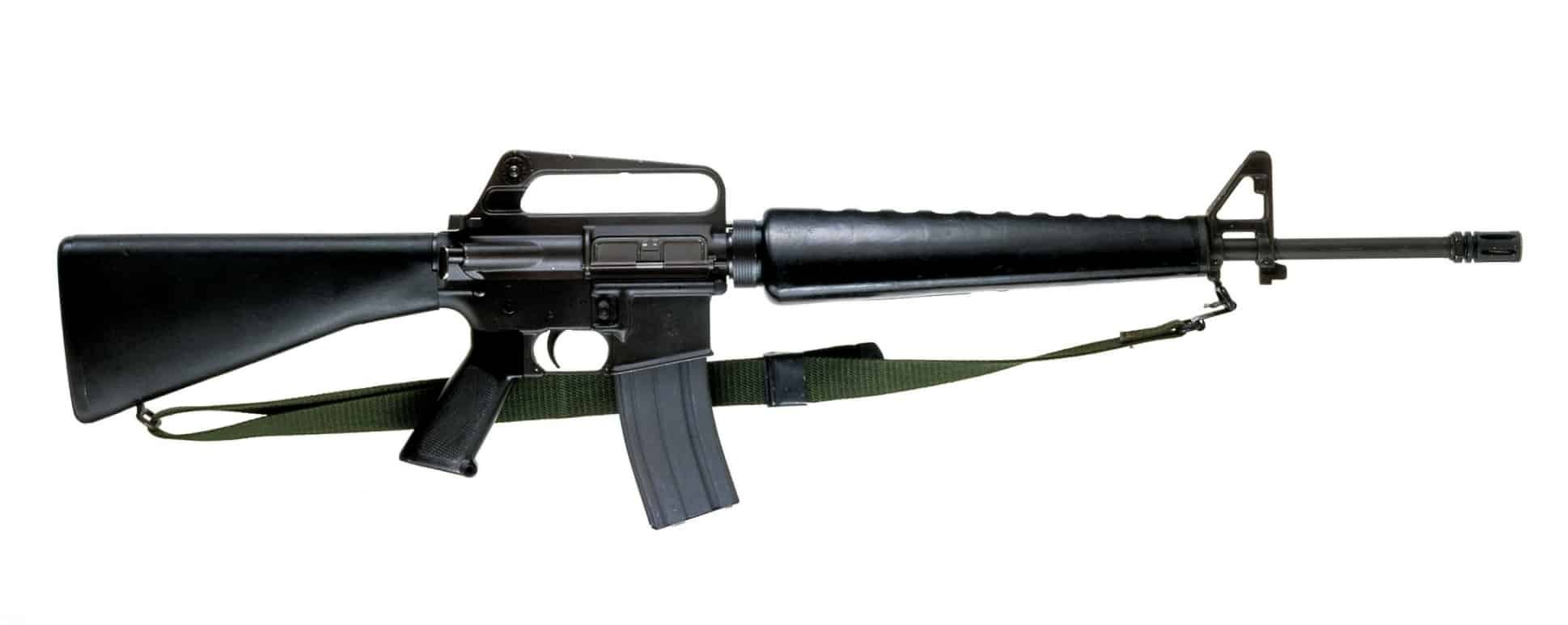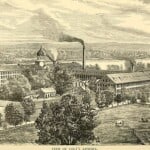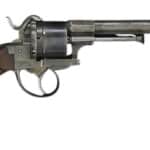
The Genesis of the M-16: The AR-15 Rifle
The roots of the M-16 rifle can be traced back to the post-World War II era, which saw a radical shift in the dynamics of warfare and the technological advancements accompanying it. The predecessor of the M-16, the AR-15 rifle, was designed by Eugene Stoner, a chief engineer at ArmaLite, a small firearms company based in Hollywood, California. ArmaLite was a division of Fairchild Engine and Airplane Corporation, a major player in the aviation industry during the early 1950s.
Stoner's design was a revolutionary departure from the traditional battle rifle designs of the day. He utilized aircraft-grade aluminum for the receiver and plastic for the stock and handguard, making the AR-15 (ArmaLite Rifle-15) much lighter and easier to handle than its competitors. The rifle was also chambered for the new .223 Remington cartridge, a small-caliber, high-velocity round that offered a compromise between power and recoil, suiting the battlefield's changing dynamics.
The Transition: From AR-15 to M-16
By the late 1950s, the U.S. military was actively seeking a replacement for the M14, a 7.62mm battle rifle that had proved to be cumbersome in the jungles of Vietnam. The AR-15, with its lighter frame and smaller cartridge, was seen as a viable alternative. In 1959, ArmaLite, facing financial constraints, sold the patent and trademarks of the AR-15 to Colt's Manufacturing Company.
Colt proceeded to modify the AR-15 design, notably by adding a flash suppressor and a forward assist. By 1962, the U.S. military adopted this modified version, designating it as the M-16. However, full-scale adoption didn't occur until 1964-1965, under Secretary of Defense Robert McNamara's direction, who pushed for the M-16 as the standard infantry weapon for U.S. forces in Vietnam.
Production and Distribution
Since the inception of the M-16, numerous manufacturing companies have produced this iconic rifle. After acquiring the patent rights, Colt dominated production initially. During the Vietnam War, Colt could not meet the increasing demand, leading to contracts being offered to other manufacturers, including Harrington & Richardson and Hydra-Matic Division of General Motors.
In the subsequent decades, the production of M-16 rifles expanded to several other manufacturers such as FN Herstal, Sabre Defence, Cerro Fabricated Products, and more. It is estimated that around 8 million M-16 rifles had been produced worldwide.
The rifle became a mainstay of the U.S. armed forces for decades and was also widely adopted by military and police forces around the world. Apart from the U.S., some of the most significant users of the M-16 rifle included South Korea, the Philippines, Australia, Israel, and several NATO countries.
Cartridges and Performance
The M-16 rifle was primarily chambered in 5.56×45mm NATO cartridge, an intermediate cartridge developed in the United States and later standardized by NATO. It is a high-velocity, small-caliber round that offers a compromise between range, accuracy, and recoil. It's performance with this cartridge is notable; it has an effective range of 550 meters, with a maximum range of about 3600 meters.
The rifle operates on a direct impingement gas system, which uses the high-pressure gas from the cartridge to cycle the rifle's action. However, the
performance of the M-16 during the initial stages of the Vietnam War was far from satisfactory. The U.S. Army had issued the rifle to troops without cleaning kits or instructions, and the change in powder type in the cartridges led to increased fouling, causing malfunctions. This issue was eventually addressed by issuing proper cleaning kits and reverting to the original type of powder.
Comparative Analysis: M-16 and Other Battle Rifles
During its inception, the M-16 had several advantages over contemporary battle rifles, including lighter weight and higher ammunition capacity. However, it also faced stiff competition. The Soviet AK-47, known for its ruggedness and reliability, was widely adopted by communist forces and many developing countries. The AK-47 used a larger 7.62×39mm cartridge that offered greater stopping power but also produced higher recoil.
The British L1A1 Self-Loading Rifle and the German Heckler & Koch G3, both chambered in the larger 7.62×51mm NATO cartridge, were widely used by NATO forces and their allies during the Cold War. They were renowned for their range and stopping power but were heavier and had more substantial recoil than the M-16.
Within the U.S., the M-16 has seen numerous modifications and variations, including the M16A2, M16A3, and the M16A4. The M4 Carbine, a shorter and lighter variant of the M-16, has largely replaced the M-16 in frontline units due to its versatility in close-quarter battles.
Conclusion
The M-16 has proven to be a reliable and efficient service rifle since its introduction in the 1960s. Despite its early teething problems, the M-16 has been instrumental in shaping the course of many conflicts around the globe. Its use of advanced materials, a high-capacity, small-caliber cartridge, and a modular design set the standard for subsequent military firearms, marking a new era in the design and manufacture of battle rifles.
Machinegun Boards has a forum dedicated to the M-16 here.
If you know of any forums or sites that should be referenced on this listing, please let us know here.



